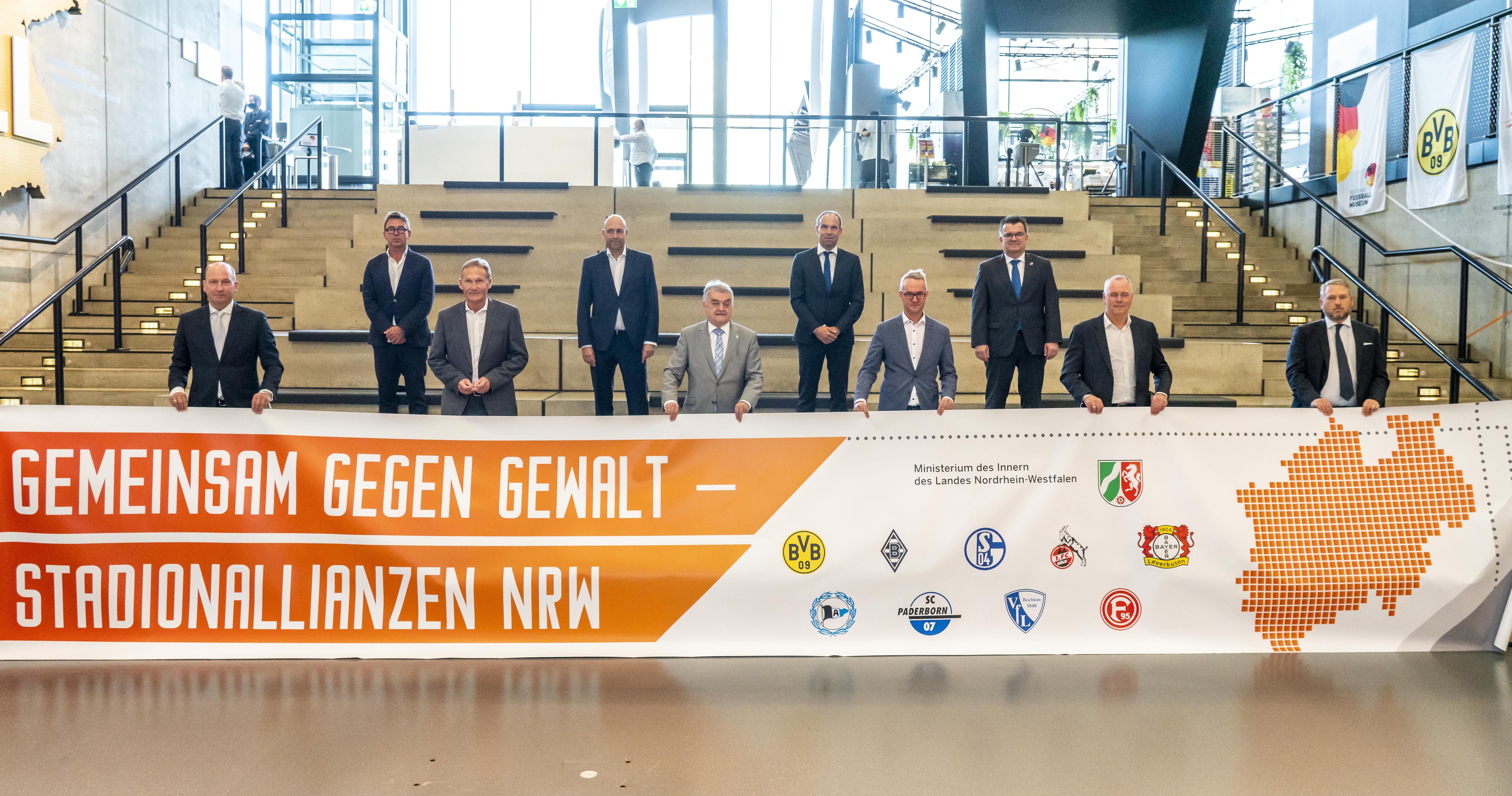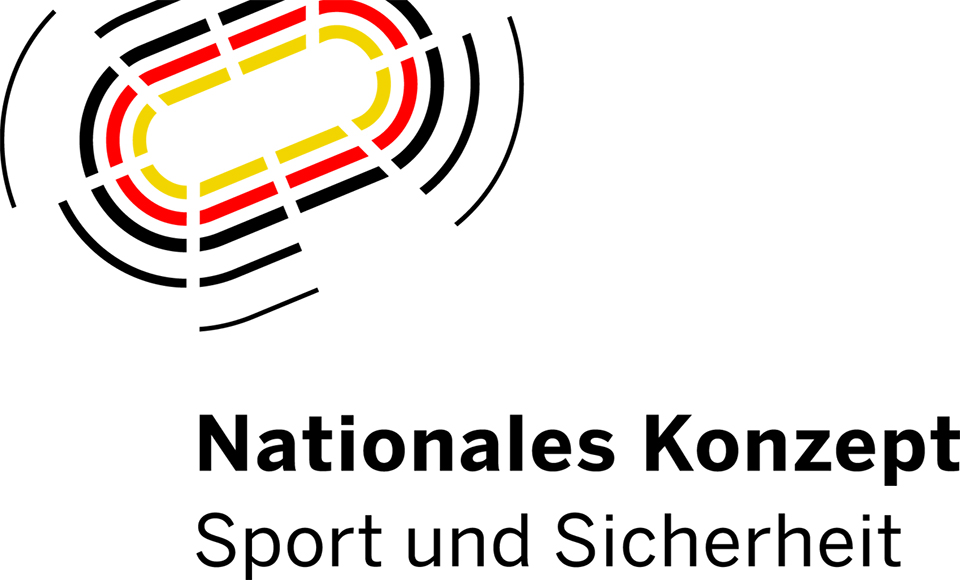Disasters at soccer matches such as in Brussels in 1985 (39 dead, 454 injured) and Sheffield in 1989 (96 dead, 766 injured), which revealed serious security deficiencies and inadequate concepts at the institutions involved, prompted the Standing Conference of the Interior Ministers and Senators of the Federal States (IMK) to take action. After violent phenomena also became increasingly apparent at soccer matches in German stadiums and by German hooligans, strategies had to be developed to counter the growing phenomenon of violence and ensure public safety and order at soccer matches.
An interdisciplinary working group set up by the IMK subsequently developed, among other things, the National Concept for Sport and Security (NKSS). The NKSS outlines the responsibilities of all institutions and clubs involved in the planning and staging of soccer matches and recommends measures for implementation, particularly for the clubs as organizers. Following an update in 2012, the NKSS now represents a holistic approach. A key element of the NKSS is the institutionalized cooperation of all parties involved. For this reason, the National Sport and Safety Committee (NASS) has been established at federal level and local Sport and Safety Committees (ÖASS) at local level.
In addition, standards for incident-related police reconnaissance and the exchange of police information have been developed. Among other things, this resulted in the establishment of the Central Information Point for Sports Operations (ZIS) in NRW and the creation of the annual soccer reports.
For more information on the NKSS and the ZIS, please see the following articles.


